NaNoWriMo 2012 Postmortem: How to Be a Winner Part 1
 For many writers, NaNoWriMo 2012 is already forgotten. For others, they’re still slogging away at the 50,000-word goal. Some of you gave up on Day 1 and others on Day 30.
For many writers, NaNoWriMo 2012 is already forgotten. For others, they’re still slogging away at the 50,000-word goal. Some of you gave up on Day 1 and others on Day 30.
But the best part is that you tried, and whether you won or not, I’ll bet you learned a lot about writing an even more about your own writing styles and methods.
I’m a winner this year with over 69,000 words written and a finished novel submitted to a publisher on December 1. Read more about that novel here.
That’s a big win in my book, but it took a lot of work to get there, and I’ll share a few of my secrets.
You know that old line about “location, location, location”? Well, for NaNo, it’s all about planning, planning, planning. If you start out on Day 1 without any prior thought to what you’ll be writing about, you’re either setting yourself up for failure, or you’re more likely to end up with a pile of mammal droppings instead of a finished project at the end of the month.
I’ve been writing for years and doing NaNo since 2008, so I know both my limits and my strengths. I’m also a full-time writer with a very flexible schedule. If you’re a new writer or have a real job, you probably won’t end up with something worth sending to a publisher after 30 days unless you’ve done lots of homework.
How did you do this NaNo? What’s your biggest secret to winning, or what was your biggest obstacle?
Here are the most important pre-writing steps I took to make sure my book was not only finished, but layered and in pretty good shape.
1. Character development
This is my weak spot in writing in general. I love working out the plot but I need extra attention to make the characters whole and distinct from each other. One thing I always encounter while writing is that the characters really do drive the story. If I’m stuck at a point “what happens now?” I find it’s easier to ask, “What would Character A do now?” because the action has to come from realistic responses to events and other characters.
Spend some time with character development during October, like I did, so by November you know who these guys are. Then you can spend your writing time of layering and polishing their personalities, rather than creating them. I like to use character worksheets I got from a Holly Lisle workshop on creating characters. It forces me to figure who they are and how they feel about the important elements of the story. Because that’s actually more important than hair color or whether he likes to wear plaid. It also makes sure your two main characters aren’t too similar. You need to focus on what they will conflict over as well as what attracts them, when you’re writing a romance.
Choose whatever method works for you, and get to know these guys first. It will make actually writing the story much smoother. And you can keep adding to the sheets as you come up with layers and details.
2. Plot development
I usually have a broad idea of the storyline before I write anything at all. By developing my characters and deciding what the themes and conflicts are before I write, I have a better grasp on what might happen and in which order. I’m neither a plotter nor a pantser, but somewhere in between. I like to know where we start and where we end up, with maybe a few stops on the way. You don’t need to know everything, but if you can figure out what kind of conflict is happening and how each character responds to those issues, once you start trying to put words on paper, the story flows better and can write itself.
Key: Don’t leave decisions on everything until you start writing. I like to figure out a first scene and often a last one, though sometimes I don’t know quite if the last scene will happen the way I originally envision it. I also make a list of scenes I want to include. Holly Lisle calls them “candy bar scenes” because they’re the ones that immediately spring to mind and are going to be fun to write.
3. Outlining
I don’t do it, but if you like to, then go for it. But don’t let the lack of an outline stop you from feeling ready to write on Day 1. I do like to have a general list of scenes and plot points I know I’ll include and then rearrange them as the story grows and changes while I’m actually writing. This is where your list of candy bar scenes can help. You know some of what you want to happen, and once you decide what order to put the scenes in, you know where the gaps are. Feel free to fill in the gaps during the planning stage.
4. Beta readers
I lined up one person in advance to read the story during the last week of the month. I knew that even if I wasn’t finished with all the scenes I’d still get some great advice about what might be missing, and with enough time to address the issues before December 1. This part of the process is less of a time-crunch if you don’t have a real deadline you’re working with. Many writers wait until December to work on subsequent drafts, but in my case I just didn’t have the time. I really had to turn this in December 1. (Note: I will probably never do a book on such a tight time-frame again).
5. Which publisher
Knowing in advance where you want to send the finished MS is helpful so you can check their submission guidelines and make sure you don’t put in scenes or themes they won’t take. You can include themes they want to see more of. It’s not vital, but it gives you more information to work with, especially when you’re stuck later on. And when you’re in the middle of writing and not sure you want to finish, think about how you’re already planning to send the story to someone in particular. It’s a great motivator.
That’s enough to digest for one time. I’ll be writing another post dealing with the actual writing and revising process, and what to do when you get stuck.
How did you do this NaNo? What’s your biggest secret to winning, or what was your biggest obstacle?

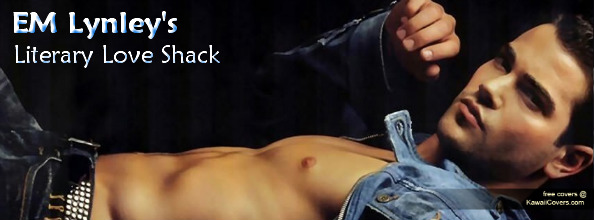

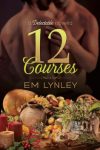
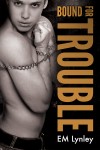


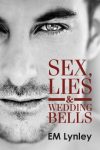
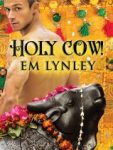
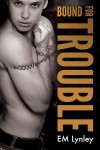


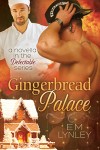
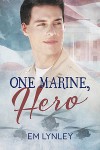
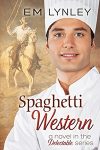
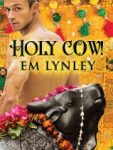

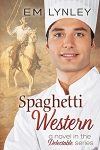
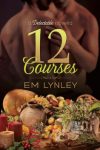
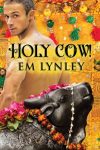
Leave a Reply